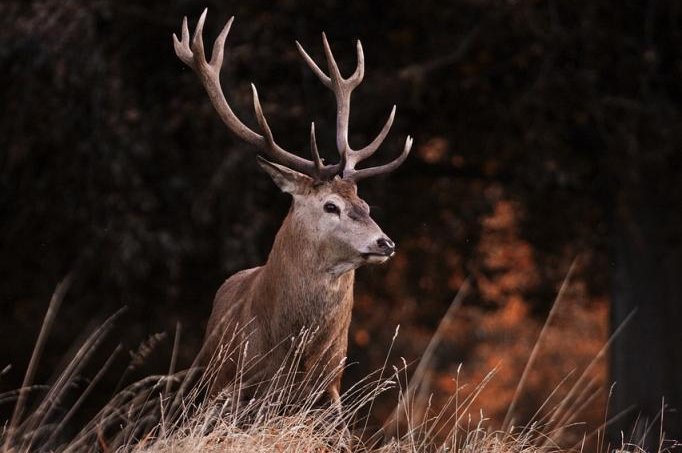Clearer photos soon emerged that led DNR officials to identify the animal as a red deer, a species native to Europe.
"Red deer have a much more reddish-brown colored coat where elk have like a tan colored buckskin," state deer biologist Charlie Killmaster told the Augusta Chronicle.
"Male red deer have dark colored manes or neck fur. The antlers are usually the tell-tale, because red deer have what they call crowns at the tips of their antlers, a cluster of points. Elk don't have that."
Killmaster said the red deer appears to be about 400 pounds -- twice the size of an average white tail deer, the state's native deer species.
Red deer are one of the largest species of deer, and an adult male can grow up to 500 pounds, Britain's Mammal Society said.
The Department of Natural Resources has distributed a letter to hunters in the state giving them permission to shoot the animal. The letter explained that live capture is unlikely and no owner of the animal, which may have escaped from a farm, has come forward.
"Whoever kills it, they can have it, but we need to be able to test it," Georgia Department of Natural Resources Lt. Brian Adams said.
"The reason those things have to be permitted is because they come from out west, and the last thing we want is for them to bring in some kind of disease that would wipe our deer population out. The main thing we worry about is chronic wasting disease."
Adams said the deer has evaded hunters likely because it is nocturnal and because of the wide area of land it has been covering.
"He's looking for love, but he's the only one," Adams said. "If he were home where there are more of them. he would have already locked onto a doe that was in heat and that's where he'd stay."















